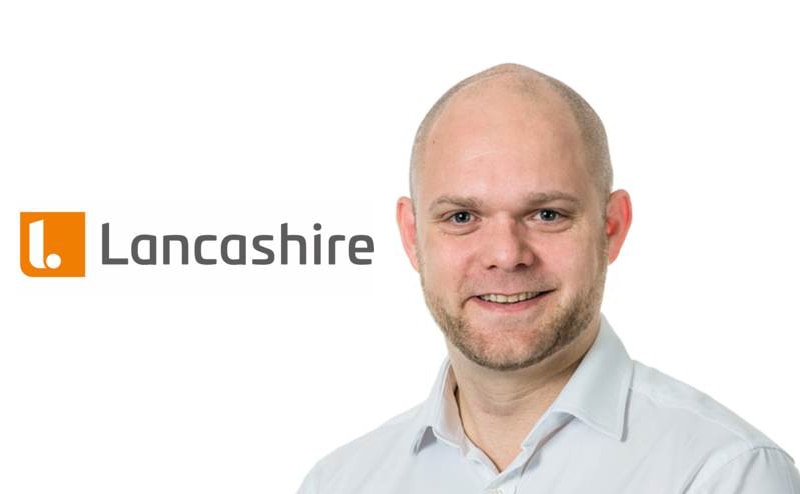Speaking during today’s third-quarter earnings call for specialty insurance and reinsurance group Lancashire Holdings, the firm’s Chief Underwriting Officer Paul Gregory said he expects the company will be able to secure broader and more competitively priced retrocession at the January 2026 renewals.
First, Lancashire CEO Alex Maloney commented on the state of the market, saying, “After many years of rate increases, we’re now seeing a more competitive market. We have yet to see more meaningful new capital enter the market, rather it being existing players looking to deploy more. There’s still more capital in the industry, but it tends to be more disciplined capital.”
In his opening remarks, CUO Paul Gregory stated, “As we look forward to next year, it is likely that 2026 will also see rate softening across a number of product lines. We are strong believers in the insurance cycle, and it is likely that the supply of capital will outstrip increased demand, and therefore there will be competitive pressure.
“However, importantly, we still believe that underwriting margins across the majority of business lines will remain healthy and attractive, much like this year, we have options available to counteract the headwind of softening rate.”
Overall, Gregory said softening is expected to be measured, despite the weight of capital in the industry.
“In terms of the upcoming renewals, we do think there’ll be some softening of rates as we move into 2026. There is more competitive pressure because there is more supply of capital. There is still increased demand coming through, though. We expect softening to be measured, but there are still really healthy margins in the vast majority of lines of business,” he explained.
Gregory further said that, for Lancashire, there are still expected to be opportunities to grow the business, with its US platform seen as one area of focus for 2026.
In fact, indicating that while softening is being widely seen there remain attractive opportunities, Gregory explained, “Even on some of the property reinsurance lines, there are still clients out there looking to buy more limit and underlying rates are still healthy.
“If we have core clients that want more limit, we will have the opportunity to grow with them at what are still very healthy margins.”
Gregory moved on to give his perspective on what Lancashire expects from the renewal of its own retrocessional reinsurance, which it completes at the end of the year.
“On our own retro, we renew the vast majority of our non-marine reinsurance coverage, retro coverage, at the 1st of January. We’re currently in the build-up to that. Just like every part of the market, we expect there to be more competition, which as a buyer is favorable,” he explained.
Gregory closed by saying, “So we’ll look to trade with our core partners through that. I think, until we get nearer to the nuts and bolts of the renewal, trying to call out exactly what we’re going to do now is probably a little premature.
“But we do expect to have broader, more competitively priced reinsurance as we move into 2026.”
Gregory is not the first to indicate that retrocession may continue to be a buyers market and this could bode well for disciplined ILS players and third-party capital, as we may see retro structures and renewals grow so increased opportunity.
But, as in any market where the onus shifts to the buyer-side, there will be a commensurate increase in the need for discipline to be maintained by retrocessionaires at the same time.

